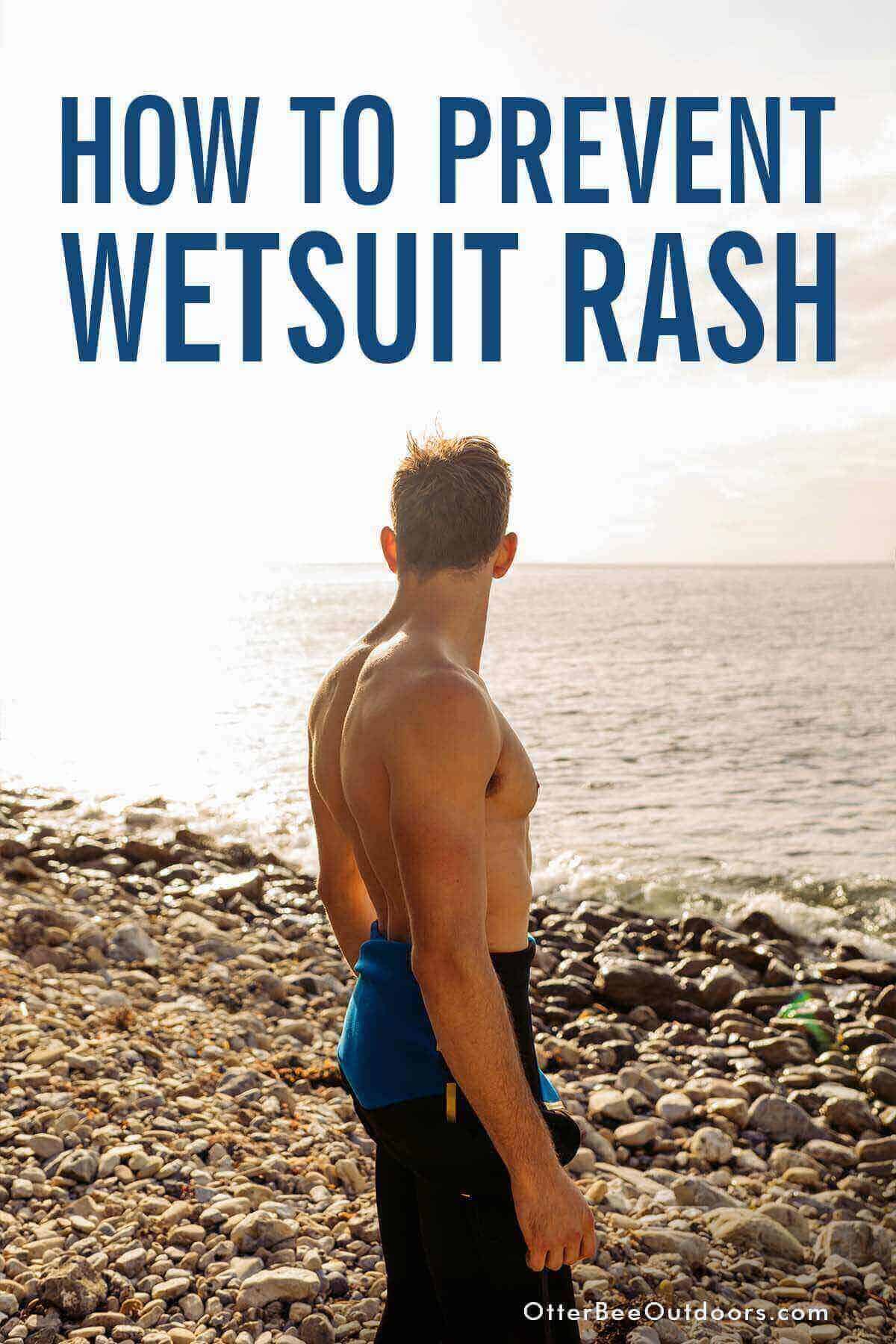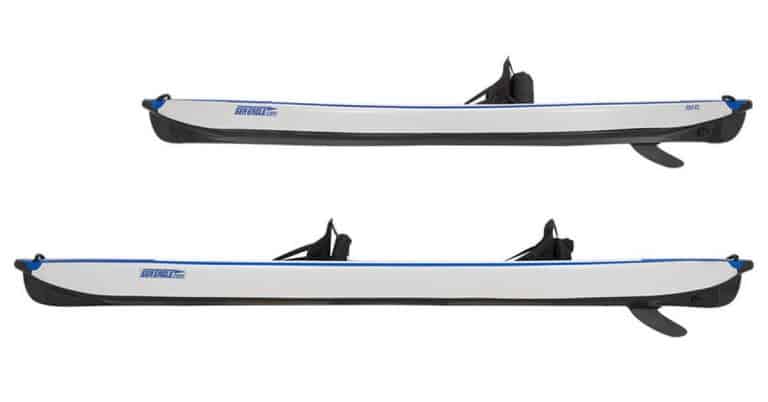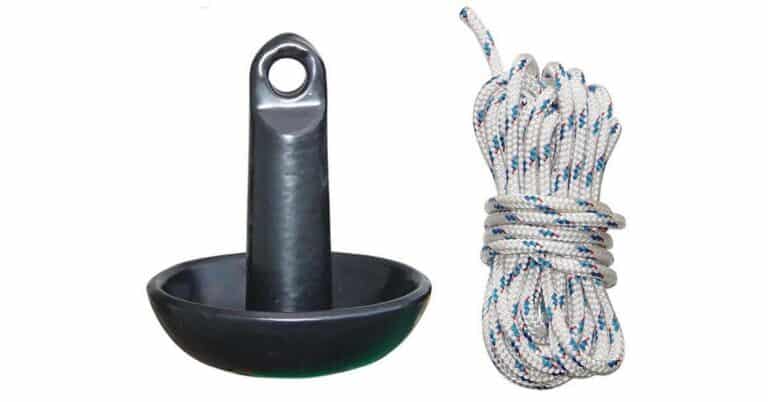Disclosure: I am compensated for purchases made through some links on this site. Click for details.
What is Wetsuit Rash? Wetsuit rash is the irritation or chafing caused by the wetsuit rubbing against your skin and although wetsuits are vital in cold water sports the cold weather can dry your skin increasing the likelihood of irritation. It’s also known as neoprene rash and surf rash.
Wetsuit chafing can be relentless while trying to have fun and the rash caused by it can last for days. Fortunately, there are some simple and effective ways to prevent wetsuit rash.
What Causes Wetsuit Rash?
To prevent wetsuit rash, you need to know what’s causing the irritation. From there, the prevention is easy.
The following are common causes that lead to wetsuit rash:
- Sensitive skin
- Seams of your wetsuit
- Dry skin increases your likelihood of wetsuit rash
- Cold water and cold weather can dry out your skin
- Salt water can irritate and dry out your skin
- Sand or other irritants that have gotten in your wetsuit
- Dirty or improperly cleaned wetsuits can cause wetsuit rash
- Wearing the wrong type of wetsuit for your water sport
- An improperly fitting wetsuit
- The wetsuit’s quality
Ways To Prevent Wetsuit Rash

If you have isolated the cause of your wetsuit rash, one or more of the following tips can prevent the chafing caused by your wetsuit:
Use Body Glide
Anti-chafing and blister prevention products like Body Glide can be used to guard against chafing. Though there are other products, Body Glide is a waterproof, plant-based product that won’t damage your wetsuit or harm the environment.
To protect against wetsuit rash, apply your anti-chafing balm of choice to the typical areas prone to chafing (neck, armpits, chest, ribs, thighs, wrists, and ankles) along with any areas that are specific to your wetsuit.
Avoid Vaseline. Petroleum jelly can damage wetsuits. It’s greasy and can feel uncomfortable. It stains and damages clothing, base layers, and rash guards. And petroleum jelly, a by-product of oil refining, is not biodegradable or environmentally friendly.
Check The Seams Of Your Wetsuit
Wetsuit rash is commonly caused by the seams in your wetsuit. If you are chaffed in the area of a seam, look inside your wetsuit for unsmooth or raised seams or the deterioration of seam tape, stitching, glue, or welds.
The fix may be as easy as applying Body Glide or you may need a wetsuit seam repair.
Some wetsuit companies offer repair services that are covered by warranty so don’t make repairs yourself until you’ve checked your wetsuit’s warranty. Another option is to locate a wetsuit repair shop.
Wear A Base Layer Or Rash Guard
Wearing protective clothing under your wetsuit can prevent wetsuit rash and chafe. Form-fitting rash guards and base layers are your best bet.
If you are looking to protect against chafing and extra warmth consider a base layer beneath your wetsuit. Otherwise, go with a rash guard.
A rash guard, also known as a rash vest or rashie, is a specifically designed article of thin clothing that prevents rash and irritation without adding significant warmth.
Buy A Wetsuit That Fits Properly
A poorly fitting wetsuit will rub and chafe causing wetsuit rash.
Wetsuits from different manufacturers will vary in the way they fit. Pay close attention to the sizing guides when buying online and buy through a company like OutdoorPlay.com that offers a 100% satisfaction guarantee. If possible, going to a local shop is often the best way to make sure you get a proper fit.
Your wetsuit should be snug yet comfortable and not limit your range of motion.
Choose The Right Type Wetsuit
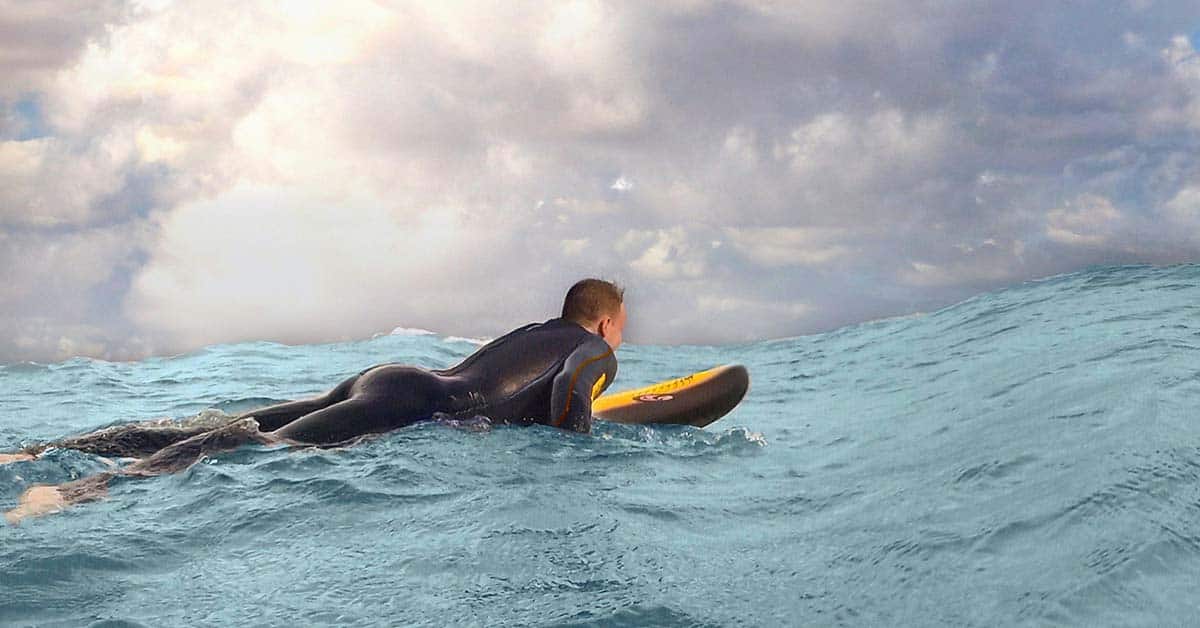
Different types of wetsuits are suitable for specific water sports. Kayaking, fishing, scuba diving, swimming, water skiing, and surfing wetsuits accommodate the needs of that specific sport. Thickness, insulating factors, flexibility, and zipper placement will differ in the different wetsuits.
Wearing sport-specific wetsuits can prevent chafing because they are designed to move and stretch in areas specific to that water sport.
Choose A Wetsuit Designed For Sensitive Skin
Hypoallergenic wetsuits are available for people who suffer from neoprene or other skin allergies. Neoprene, glue, and other chemicals used to make the typical wetsuit can cause allergic reactions or skin sensitivities that lead to wetsuit rash.
A growing number of companies like Patagonia have switched to neoprene-free wetsuits made from Yulex. Yulex is made primarily from foamed natural rubber.
Patagonia goes one step further to protect consumers from skin-sensitizing chemicals. The fabrics used in making their wetsuits are bluesign approved, which means the chemicals, processes, materials, and products used are safe for the environment, workers, and customers.
Clean Your Wetsuit Properly
You should wash or at least rinse your wetsuit after each use to remove dirt, salt, sweat, piss, and other biological material that can irritate the skin if left behind for the next use.
Not only should you clean your wetsuit it needs to be properly hung up to dry and stored. If you don’t properly dry your wetsuit, it can grow mold and mildew. Irritating creases can also form if you don’t hang your wetsuit properly.
Wetsuits with mold and mildew expose you to additional problems. Skin contact with some molds is known to cause skin irritations, rashes, and fungal infections. Add that to the friction of a wetsuit and you are compounding a problem.
How do you wash a wetsuit? It’s simple and the small amount of time it takes is well worth the effort. I’ve covered everything you need to know about cleaning, hanging, and storing your wetsuit in the article, Wetsuit Care And Storage.
Choose A High-Quality Wetsuit
High-end wetsuits whether made of neoprene or Yulex are more comfortable and flexible with superior insulating capabilities. There is greater attention given to the quality of the seams and a lower likelihood of bunching in the armpits, crotch, anterior side of the elbows, and behind the knees.
Wetsuit rash not only can be caused by a low-quality wetsuit and the lack of detail put into its seams wetsuit rash can be caused by rubbing when poorly fitting wetsuit fabric bunches up.
Watch Where You Put On Your Wetsuit
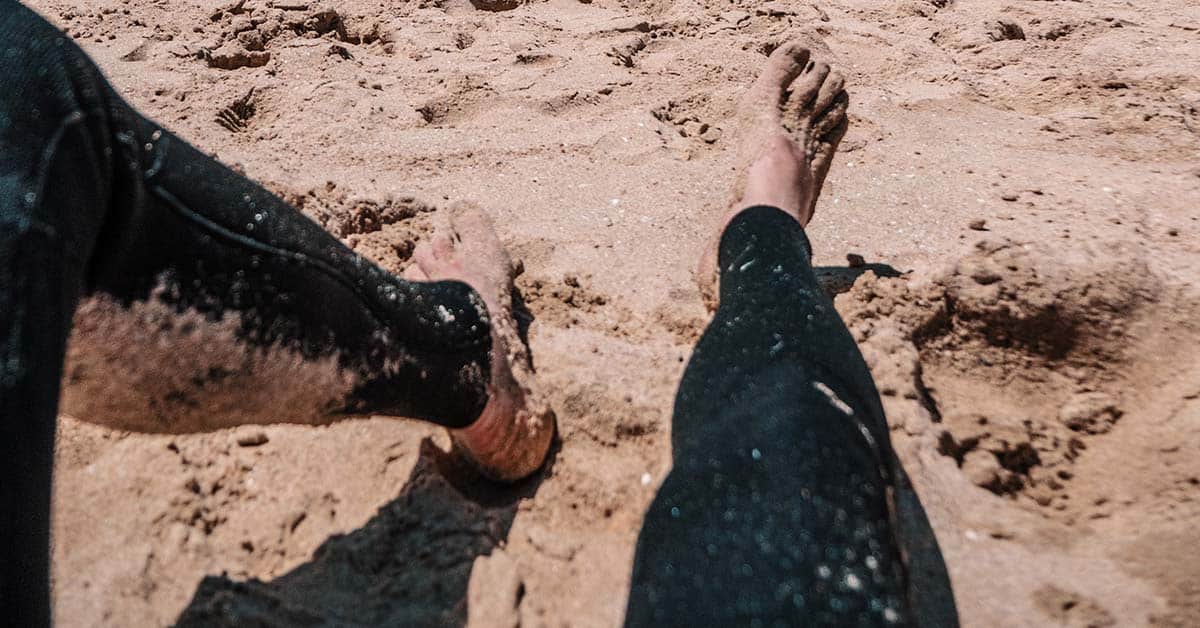
Anything coarse that gets into your wetsuit can rub you raw and cause wetsuit rash during your time in the water. Change into your wetsuit away from sand, dirt, and debris. It will be impossible to keep it out of your wetsuit if you don’t.
Remove Your Wetsuit Promptly
Remove your wetsuit when you get out of the water. Wearing it around for longer periods of time before or after participating in your water sport can lead to chafing. The longer you wear your wetsuit the more likely you are to get wetsuit rash.
Wetsuit Rash Treatment
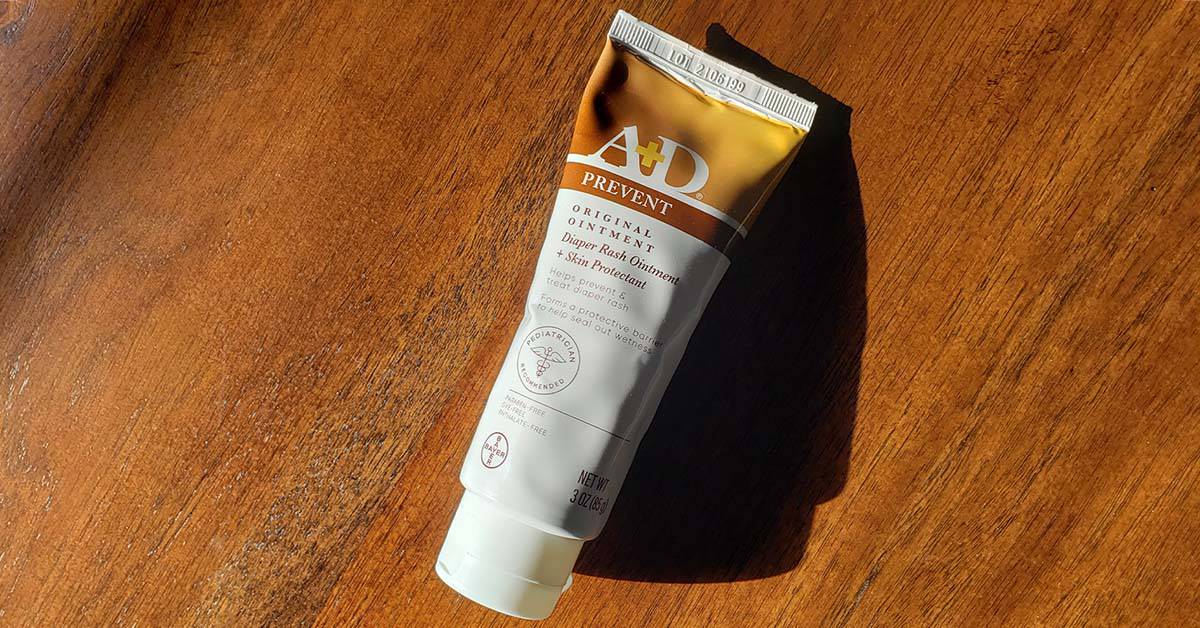
There are a few products I’d recommend as a post-chafing treatment. I do not recommend these for use as an anti-chafe product.
The first two of these are both pediatrician-recommended diaper rash ointments and skin protectants. A+D Prevent and Aquaphor are specifically designed to protect chafed skin due to diaper rash and work great for relieving the discomfort of wetsuit rash as well.
- A+D Prevent Original Ointment
- Aquaphor Healing Ointment
- Petroleum Jelly
- Aloe Vera
- Cocoa Butter
A+D Prevent is my personal favorite. The A and D vitamins in this product help moisturize and heal your skin.
Can You Be Allergic To Wetsuits?
Yes, according to an article in the American Journal of Occupational Therapy entitled Neoprene Splinting: Dermatological Issues, chemicals used in the manufacturing of neoprene can cause two different dermatological reactions: allergic contact dermatitis (ACD) and miliaria rubra.
Hypoallergenic wetsuits made from Yulex may be a better choice if you have an allergic reaction to a neoprene wetsuit that isn’t consistent with the rubbing and irritation that causes wetsuit rash.
For more about neoprene allergies and the safety of neoprene, check out Is Neoprene Waterproof And Is It Safe?
Conclusion
Wetsuit rash and chafing can often be prevented by simply using an anti-chafe product like Body Glide, properly cleaning your wetsuit, or wearing a rash guard.
When these measures don’t work, make sure to check your seams for damage or spots that could cause irritation.
Outside of these the fit of your wetsuit, type of wetsuit, or quality of your wetsuit may be in question.
